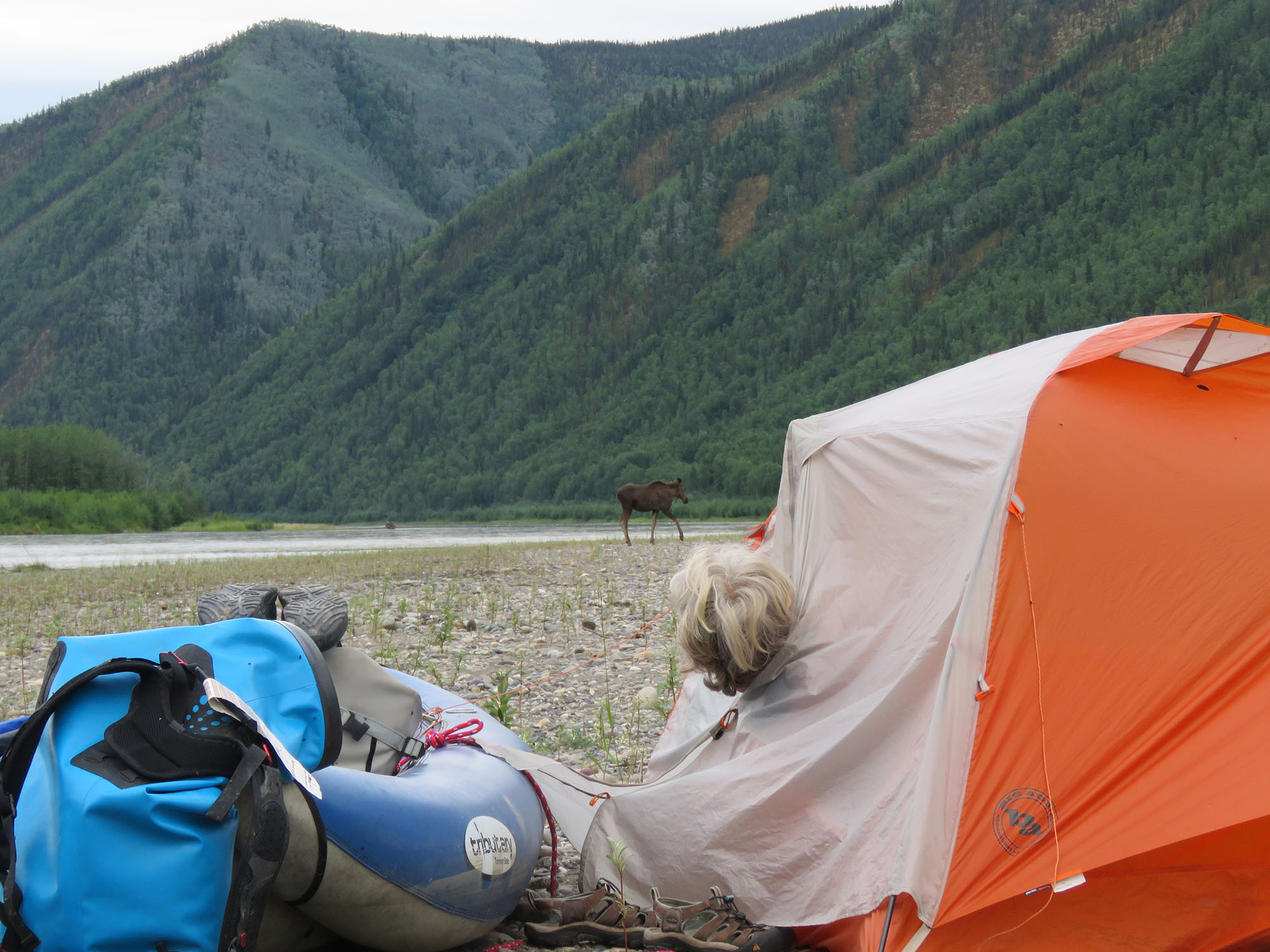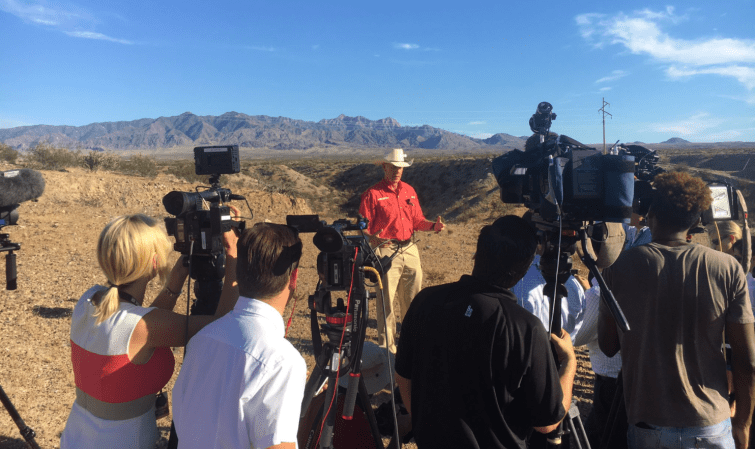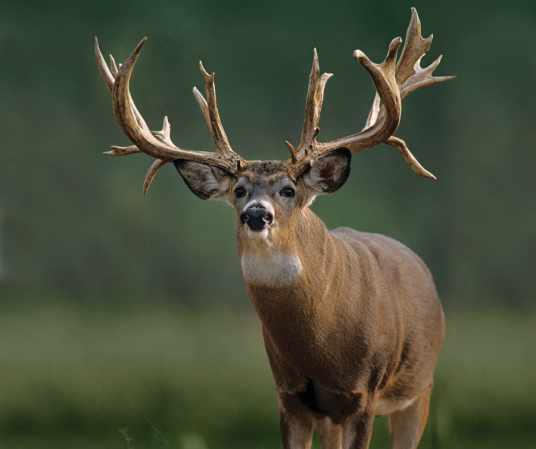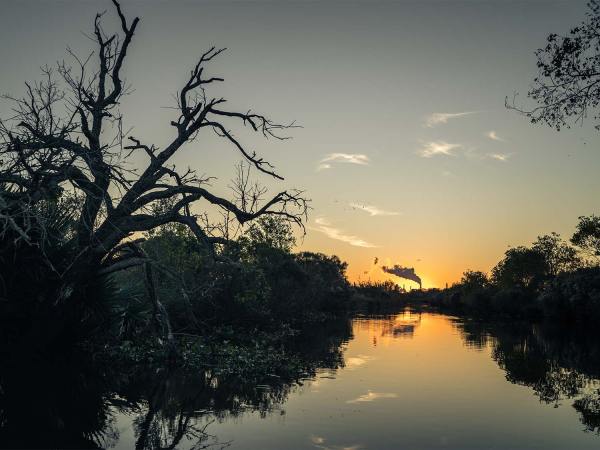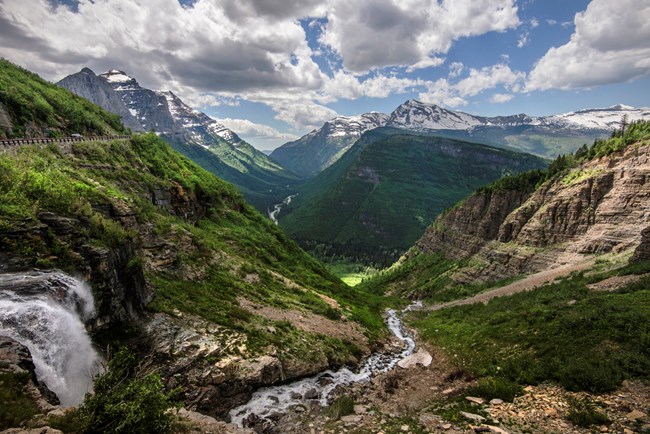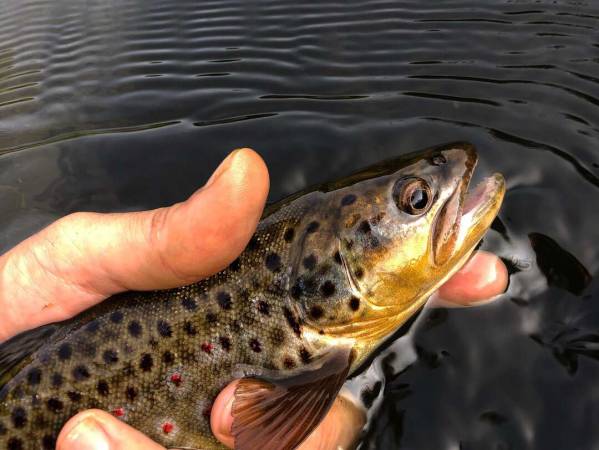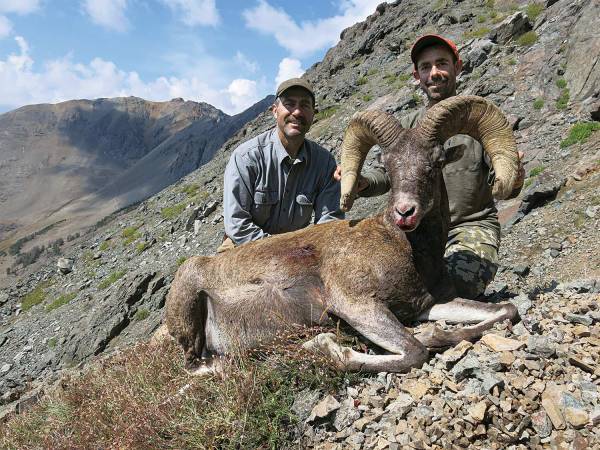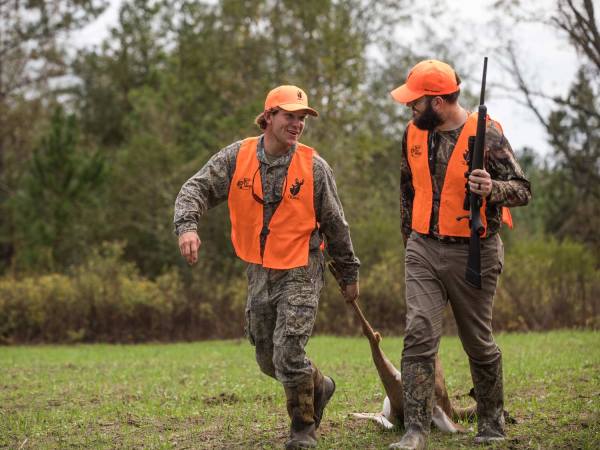On July 14 of 1897, when news of the Klondike Gold Strike hit San Francisco and then echoed across the world, 21-year-old Jack London was working in military school steaming shirts ten hours a day. Born and raised in Oakland, he’d had a hard life consisting both of adventure and soul-crushing factory work. Jack’s dream was to become a writer, but he’d yet to have anything published. He immediately decided to join the gold rush. After failing to land a gig as a newspaper correspondent, Jack borrowed money from his step-sister, who had to mortgage her house. Jack promised to bring her aging husband along for one last adventure.
Jack was joining a hundred thousand other men and women suffering the fury of gold fever. Nearly all of them had no concept of the wild lands in Alaska and Canada. The passion of the nation, which was in the midst of an economic depression, was focused on the Klondike. Newspapers likened the stampeders to mythical heroes by calling them “Argonauts” after the Greek story of Jason and the Argonauts’ quest for the mythical golden fleece. The analogy was fitting. The Klondike would become the stuff of myth, and like their ancient counterparts, stampeders would experience true adventure, but also suffer deprivations and tragedy. Similar to how the Argonauts’ quest turned Jason into a powerful king, the Klondike would make Jack London rich and famous beyond his wildest dreams. Ultimately, though, Jason and Jack’s journeys and success would lead both to their untimely, tragic ends.
120 years after Jack’s adventure, my girlfriend MC became obsessed with all the history and madness of the Klondike. She devoured as many books as she could find on the subject, including a couple of the many biographies on Jack London. Reading wasn’t enough for her, though.
“Dammit, I’m going to the Klondike! Come with me or lose me forever,” she said (or at least that’s how I heard it).
An adventure following in Jack’s footsteps? The grit and romanticism of his writing had stirred me when I was I kid. Our golden retriever Fen and I signed on without hesitation.
The Chillkoot Trail
“Deep in the forest a call was sounding, and as often as he heard this call, mysteriously thrilling and luring, he felt compelled to turn his back upon the fire and the beaten earth around it, and to plunge into the forest, and on and on, he knew not where or why; nor did he wonder where or why, the call sounding imperiously, deep in the forest.” —The Call of the Wild
On July 25th 1897, eleven days after news of the Klondike reached the world, Jack booked an eight-day passage on a dangerously overloaded steamship to Juneau. From there, he hired Tlingit canoeists to ferry him and his kit, weighing two thousand pounds, a hundred miles to Dyea.
There were a number of routes stampeders could take to try to reach the Klondike. The most expensive and easiest option was buying passage on a steamship thousands of miles to the mouth of the Yukon River and then taking a paddle wheeler another 1,500 miles upriver. The hardest, and pretty much suicidal, route was to pack in from the Gulf of Alaska over the Valdez Glacier. The most popular route began in Dyea at the northern limit of the Inside Passage and followed the 33-mile Chilkoot Trail, a Native trade route, over Southeast Alaska’s Coastal Mountain Range to the headwaters of the Yukon River in Canada. From there, stampeders had to build boats from the forest or materials they’d brought with them and float 550 miles to get to Dawson City, a tent and cabin city that had cropped up on the Klondike gold fields.
Jack chose to travel the Chilkoot Trail. It was backbreaking work relaying loads. Less than a week on the trail and Jack’s brother-in-law called it quits. Thousands of others, physical, mentally and financially broken, turned back as well. An unknown number—hundreds, maybe more—perished. As Jack trudged along, he watched men turn to beasts, go mad, and die. The world was mud and rain and rotting horse corpses and an endless procession of thousands of men staggering like zombies after dreams of gold.
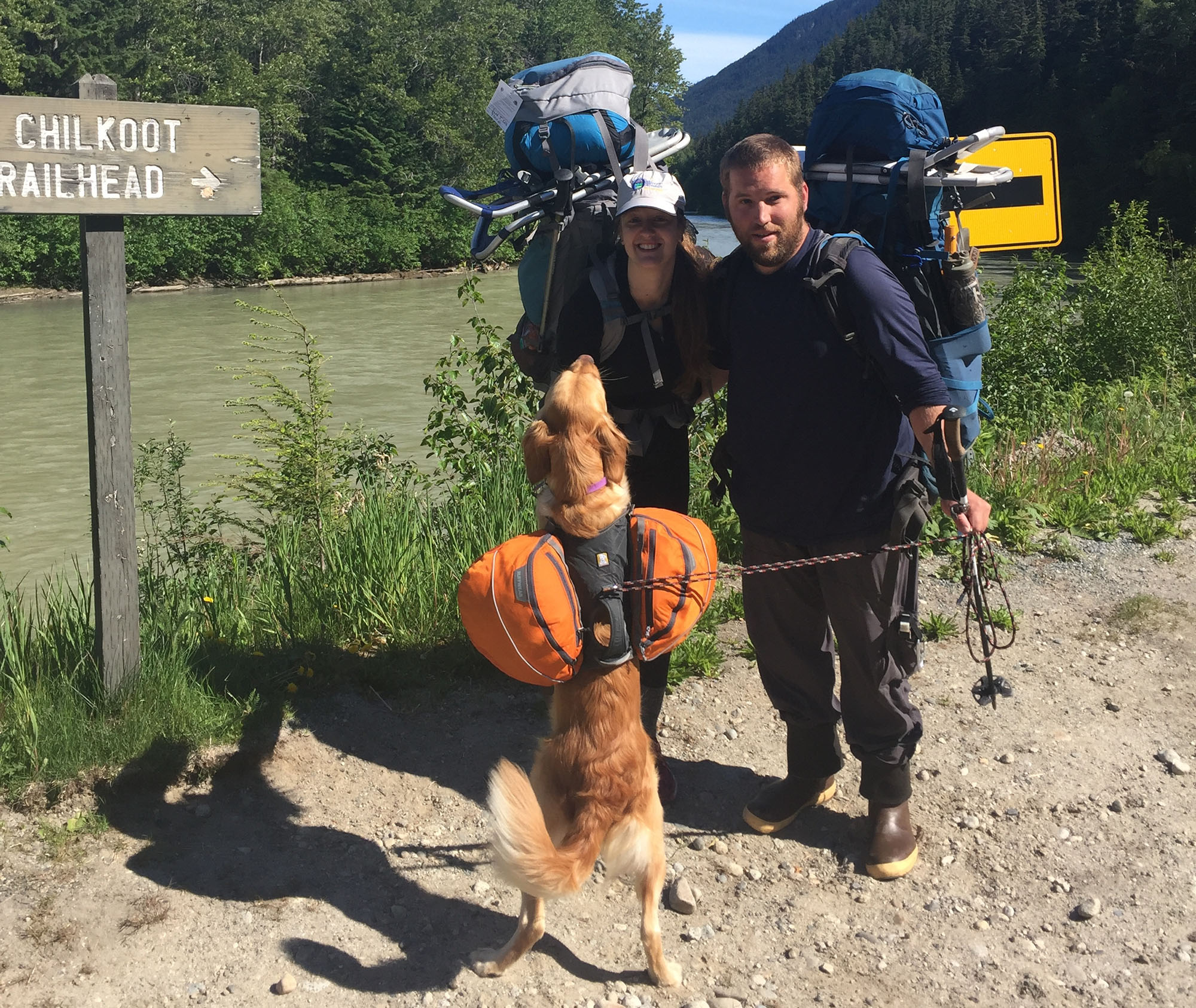
I’d heard ghost stories from people who’d hiked the Chilkoot Trail. They told me experiences of being deep in the mountains and hearing old time piano music, or even seeing apparitions. MC and I encountered relics left behind by stampeders all along the trail. Unlike the old timers, we carried only what we needed for a week, when we would resupply. It was early in the season, and though the Chilkoot sees a lot of hikers, we saw no people. On the evening of our third day, we reached Lake Bennett, which was the end of the Chilkoot Trail and the start of our float. In 1897-1898 there had been a tent city of thousands of stampeders here. Now, there was nothing but an old church and a railroad surrounded by wilderness. The ice had recently gone out of the lake and an impressive amount of rubbish and broken glass left behind by the stampeders was rising out of the mud. I lay awake all night unable to shake the feeling that something wanted us gone. MC felt the same. At 3 a.m., she told me she couldn’t sleep and suggested we leave. We inflated our canoe and paddled away just as the sun began to crest the mountains.
The Yukon River
“This man did not know cold. Possibly, all the generations of his ancestry had been ignorant of cold, of real cold, of cold 107 degrees below freezing point. But the dog knew; all its ancestry knew, and it had inherited the knowledge.” —To Build a Fire
Jack had spent two weeks in nearby Lake Lindeman, another tent city, where he built a boat. All the stampeders were racing to build boats and set off down the Yukon River before winter set in. Many of the boats looked like coffins. Jack and one of his traveling partners had experience on ships—he’d claim the two boats they built were the best in the fleet.
Around the fall equinox, Jack set off with three companions. They almost lost their boat and lives in one set of rapids. In early October, Jack reached Stewart Island. He was still 75 miles from Dawson City. There had been a small gold strike on the Stewart River a few years before and, with the Yukon about to freeze and the knowledge that all the good claims had been staked on the Klondike, Jack and his crew decided to try their luck near the Stewart. Jack and a few others rushed to Dawson to file mining claims and then spent six weeks in the city, mostly hanging out in the many saloons and waiting for the river to freeze solid enough to travel on safely.
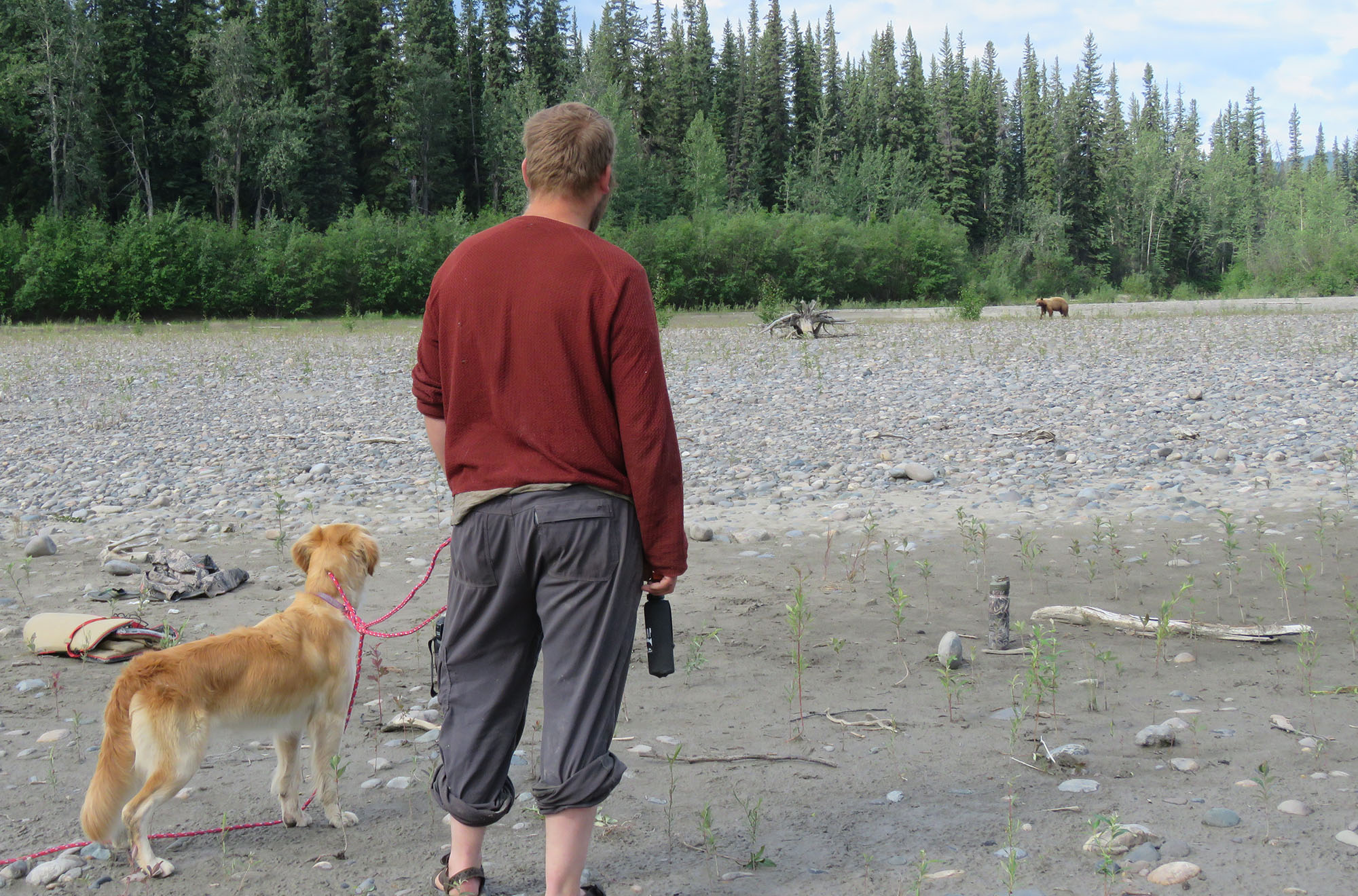
MC’s and my journey down the Yukon River was about as peaceful and idyllic as it gets. We’d brought along one of Jack’s biographies as well as a collection of his stories. Besides a few other canoeists, our only company was moose and other wildlife. A number of times, we explored the woods and found the remains of paddle wheelers and cabins hidden in the brush. At Carmacks, named after George Carmack, who, along with Skookum Jim and Dawson Charlie, found the gold near the Klondike River that set off the stampede, we met up with our friend Sandy. I’d commercial fished with Sandy and her late husband Joe for a number of years. Three drunk canoeists from Texas and South Africa made the mistake of pulling out a fancy bottle of booze and inviting Sandy for a drink. She threw the cork in the river and taught the men a hard lesson about trying to outdrink an Alaskan.
Jack left Dawson in December. Not long after, a dance hall girl named Dolly Mitchell thew a kerosene lantern at another dance hall girl and burnt down much of the city. The temperature was -60, and the four-day snowshoe to Stewart Island left Jack exhausted and humbled. The winter was darker, colder and more brutal than anything he could have ever imagined. There he encountered the darkest solitude of his life and “the white silence,” but there was also a spiritual pull to the land and its emptiness. The howling of wolves and the aurora dancing across the star speckled sky stirred him to the bone, as did the hardy men he met who matched themselves against the harsh north. Jack and many other stampeders got scurvy from their poor diet. Jack lost teeth, his flesh turned to mush, and he was crippled with pain. Despite it all, he would later write that, “It was in the Klondike that I found myself. There nobody talks. Everybody thinks. You get your perspective. I got mine.”
MC, Sandy, and I slowly paddled the last leg of the journey to Dawson. We passed beneath a mountain that had two herds of Dall Sheep that numbered close to a hundred. Moose wandered through camp. We had a standoff with a seemingly predatory black bear. It was brutally hot when we neared the spot on our map that was supposed to be Stewart Island. I wanted to try to find Jack’s cabin site but, as we debated which slough we should paddle up, the river swept us past. I glanced back, regretting that I hadn’t tried harder.
Homecomings
“He had no conscious knowledge of death, but like every animal of the Wild, he possessed the instinct of death. To him it stood as the greatest of hurts. It was the very essence of the unknown; it was the sum of the terrors of the unknown, the one culminating and unthinkable catastrophe that could happen to him, about which he knew nothing and about which he feared everything.” —White Fang
At best, Jack, like most stampeders, found an insignificant amount of gold. He tried to leave the north as soon as the ice went out of the Yukon River, but his scurvy was so bad he had to seek medical help in Dawson. When he thought he was healthy enough to travel, he joined two other men on a log raft and began a surreal and nightmarish 1500-mile float to the mouth of the river. Scurvy almost killed him again and an unknown stranger saved his life. When he finally made it to the ocean, he got passage on a steamship back to civilization. It was the bitterest of homecomings. Broke and desperate, Jack turned to his typewriter. Despite his poor health, he relentlessly wrote stories inspired from the Klondike.
Writing, he believed, was his only option. Months passed and editors continued to reject his stories. He was borderline suicidal when he received a letter from a magazine offering $40 to publish a short story. From there, momentum grew. Before long Jack was the highest paid short story writer in the country. In 1903, during a feverish month, he wrote The Call of the Wild and cemented his career. He would go on to write more than 50 books, including classics like White Fang and The Sea Wolf, as well as hundreds of short stories.
In Dawson City, MC and I were sad to see our month-long journey come to an end. Before we left, we visited the Jack London Museum and a cabin that was a replica of the one Jack lived in on Stewart Island, built with some of the logs from his actual cabin. I studied the cabin’s tiny, dark dismal interior. Jack had been more or less imprisoned during the long winter.
Jack never returned north, but the Klondike always had a hold of him. Biographer Alex Kershaw wrote, “Above all, the Klondike had taught him that dreams are made real at often terrible costs. In the years that followed he would live as if he was climbing an unending Chilkoot Pass, convinced that he could overcome any obstacle.”
Jack died in 1916 at the age of 40. He suffered from alcoholism and was using a wide variety of drugs to address his bad health, which was partly due to his time in the Klondike. His death certificate states the cause was uraemia following renal colic, but many believe it was suicide by morphine.
MC and I have two sons now. Before too long, we plan to go back over the Chilkoot Trail and, this time, paddle the Yukon River 2,000 miles to where it meets the Bering Sea.
First, though, I want to read Jack London to our boys. With luck, his stories will stir their imaginations—and together, we’ll share that same sense of adventure as we cross the mountains and float down the Yukon.
